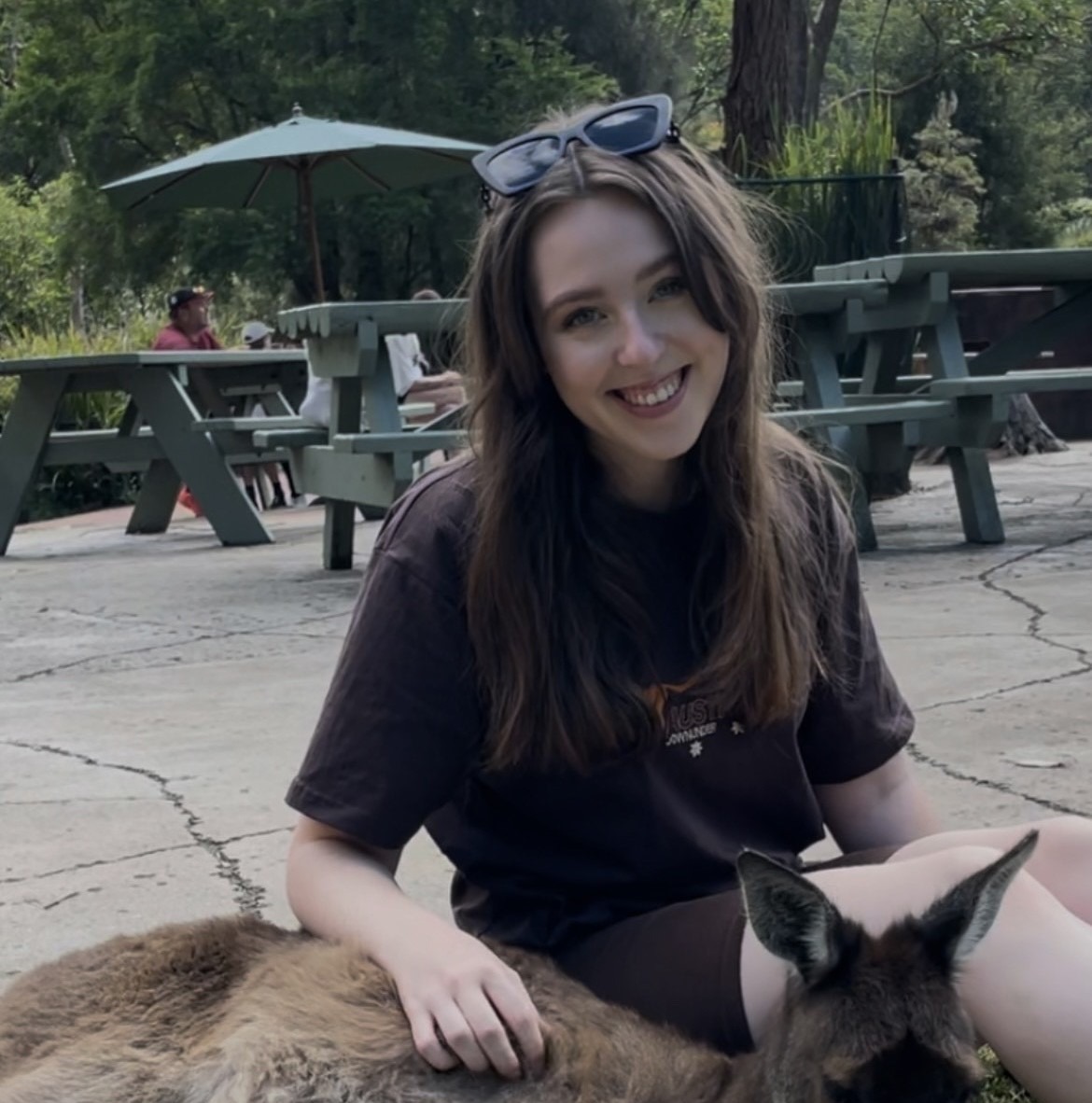The approximately 670 km long border between Slovenia and Croatia is the most significant border for tourism in Croatia. There are 42 border crossings, with the motorway crossings Gruskovje (SVN) - Macelj (HRV) and Obrezje (SVN) - Bregana (HRV) being some of the most important.
Depending on which holiday region in Croatia you wish to visit, different border crossings are practical. To travel to Istria, the crossing at Kastel is often used. For the Kvarner Bay region, Rupa, Pasjak, or Jurovski Brod are common routes. To reach Dalmatia or the interior of the country, most travelers use Bregana, Macelj, or Dubrava Krizovljanska.
The Gruskovje - Macelj border crossing is located about 75 km north of Zagreb and is one of the main border crossings between Slovenia and Croatia. It is particularly used by travelers heading to the interior of Croatia, Zagreb, or Dalmatia. Here, the Slovenian A4 motorway and the Croatian A2 motorway connect, providing a direct link between Maribor and Zagreb. This border crossing is often less busy than the Macelj crossing, yet still offers a quick route to Zagreb and the interior of Croatia.
For a beach holiday in Croatia, travelers often cross the border at Rupa, as it connects directly to the Croatian A7 motorway leading to the sea. On the Slovenian side, travelers first take a country road but quickly connect to the A1 motorway towards Ljubljana and Maribor. Rupa is one of the most popular border crossings for traveling from Slovenia to the Croatian Kvarner Bay or the Istrian region.
If there are significant delays at the Rupa border crossing, which is common during the summer months, the nearby border crossing at Pasjak is a viable alternative.
The following section provides an overview of whether you need a vignette in Slovenia and if there are specific toll sections.
If you want to use Slovenian highways and expressways during your trip, you will need an electronic vignette, known as the E-Vinjeta. The E-Vinjeta is required for vehicles under 3.5 tons. For heavier vehicles, the vignette requirement is waived, and the toll is collected via distance-based tolls. Additionally, there are special toll routes where additional fees apply, regardless of weight, such as for the use of the Karavanke Tunnel.
You can choose from different vignette durations for your trip:
If your vehicle weighs over 3.5 tons, you will need a DarsGo transponder to pay the distance-based toll. This toll is calculated based on the kilometers traveled, the number of axles, and the Euro emissions class (level of pollution). The Euro emissions class is divided into pollution classes 1-6. Class 1 represents high pollution levels, while class 6 represents low pollution levels.
The following section provides an overview of whether you need a vignette in Croatia and if there are specific toll sections.
Since there is no vignette requirement in Croatia, the toll you need to pay is based on the kilometers traveled on the highways and your vehicle class. If you're traveling to Croatia for a holiday, you will need to pay the toll fees for the distance-based toll system. You can pay the toll at designated toll stations on the highways. Often, you will receive a ticket at the beginning of the toll section, which you will need to pay when exiting that section. You can pay this ticket with cash, credit, or debit card. Cashless payment is also possible via the Croatian Electronic Toll Collect System (ETC). However, the transponder for this system must be installed in your vehicle beforehand to calculate the toll.
Additionally, for 2026, the implementation of a digital toll system with an E-vignette or toll box for barrier-free payment is planned.
Order your vignette easily and conveniently with us. Choose from the different durations for Slovenia and travel stress-free on the various toll highways. You can also explore information about sightseeing in Slovenia in our guide! We wish you a great time on your trip!
